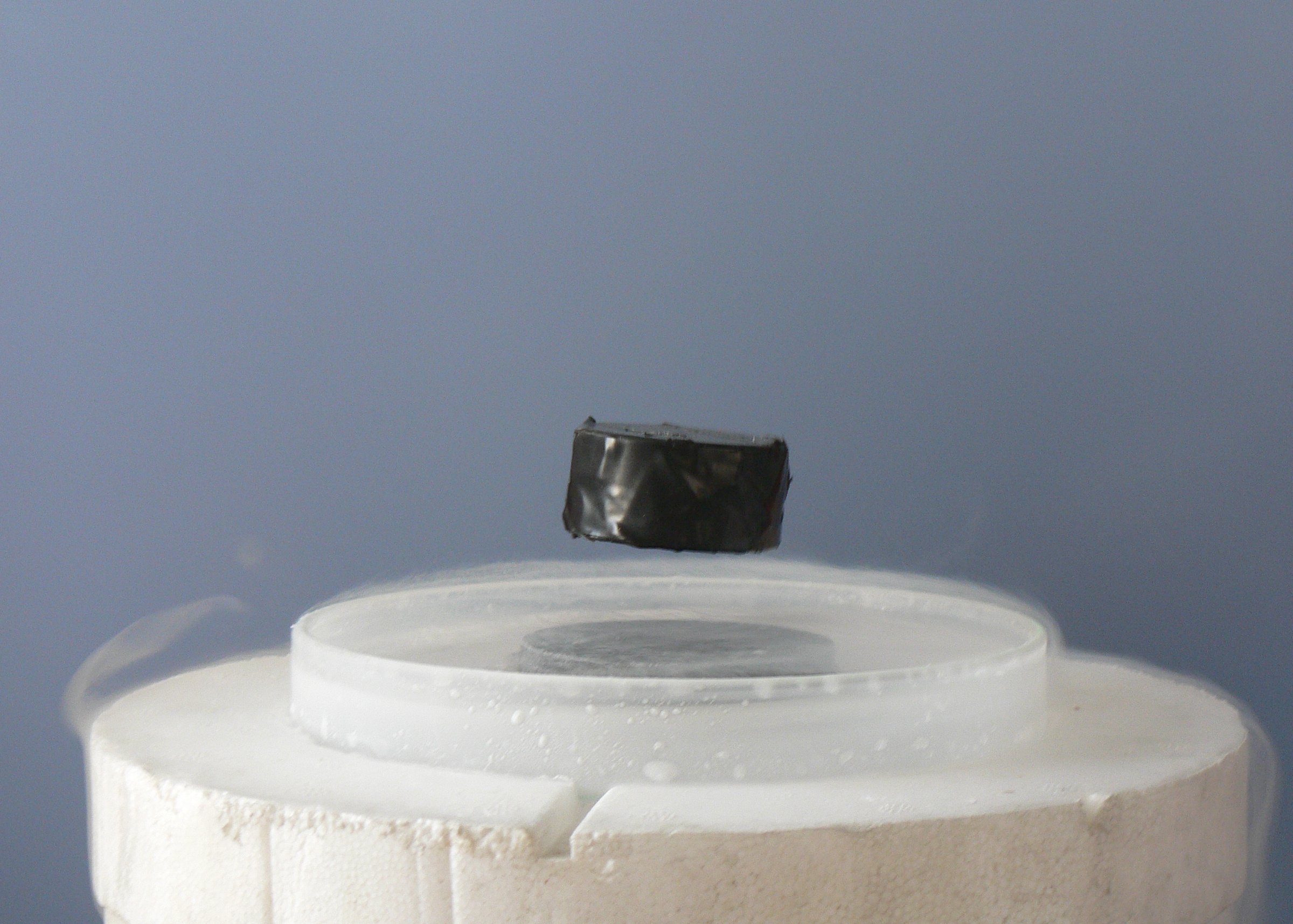So on to today's topic: Student Fees.
I am bringing up this topic because the issue of student fees has recently become a hot topic here at UNC. Due to budget concerns the University has been dealing with ways of reducing the money spent by the University. Here in North Carolina the state education budget was cut, meaning that the operating budget of the University was impacted. To compensate they raised tuition, but there is a state statute that says that tuition raises will be capped at 6.5%/year. So they raised tuition but it still wasn't enough to cover costs. So they decided to get inventive and raise student fees to compensate.
So here's the deal. In the physics department our tuition and tuition remission (for out-of-state students) are paid for by either the department, research funds, an/or the graduate school. In addition to this we also receive a stipend, mainly because we are "employees" (i.e. we teach or do research). It isn't much but it is supposed to be enough so that we can live.
The problem comes in with student fees. Student fees are not paid for by my department, but are paid for out of our stipends. This would not be a problem except for the fact that our student fees keep going up, and usually for things that graduate students do not use, or think are completely useless. The most recent proposal would raise our fees by more than $100 per semester and bring our total fees to just over $2200/year, which is significant considering we are only paid ~$22,000/year.
This proposed fee increase (especially for things that graduate students do not use, and in general do not think should be funded by student fees) is generating significant push back from graduate students. As part of our effort we are attempting to gather information about "peer institutions" and how they handle student fees. We are collecting this data to present to the committee that governs student fee increases to show that currently UNC is on the extreme high end of student fees compared to its peer institutions. If we can demonstrate that UNC is out of the norm for student fees then we will have a case to say that the Athletics Department should not be funded by student fees
So if you are willing could you send me information about your department, and how they handle student fees. We are looking for information about annual stipend, how much your student fees are (and any differences, for example, do your fees change after passing the qual?), and how they are paid for (i.e. by the department, by the student, by your adviser etc.). If you aren't in a physics department please also let me know what department you are in.
You can leave a comment with the information, or you can email me directly. My email is just the name that I post under and then @gmail.com. Easy enough. Any other relevant information would be appreciated (as in how do different departments at your schools handle student fees? Is is different form department to department or is it the same? How does your stipend increase, if it increases?).
On a completely unrelated note, I thought I would share this cool video with you guys. It has nothing to do with student fees whatsoever, and is only indirectly about physics.






